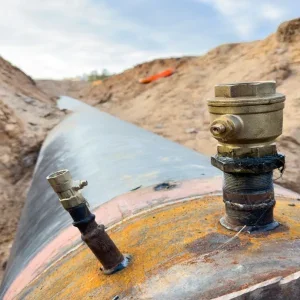
ExxonMobil, together with its partners, has reached a final investment decision for the development of Yellowtail oil field, located in the Stabroek Block offshore Guyana.
Discovered in 2019, Yellowtail is a conventional oil development located in ultra-deepwater, and has received all the required government and regulatory approvals.
It forms the company’s fourth and largest development project in the Stabroek Block, and is expected to produce around 250,000 barrels of oil per day, starting from 2025.
The project will use the ONE GUYANA floating production, storage and offloading vessel (FPSO), for six drill centres, planned with up to 26 production wells and 25 injection wells.
Yellowtail is estimated to develop a resource base of around 925 million barrels of oil.
ExxonMobil upstream company president Liam Mallon said: “Yellowtail’s development further demonstrates the successful partnership between ExxonMobil and Guyana, and helps provide the world with another reliable source of energy to meet future demand and ensure a secure energy transition.
“We are working to maximize benefits for the people of Guyana and increase global supplies through safe and responsible development on an accelerated schedule.”
According to ExxonMobil, its ongoing offshore exploration in Guyana showed a recoverable resource of more than 10 billion oil-equivalent barrels.
The company plans up to 10 projects on the Stabroek block to develop this resource.
ExxonMobil, through its affiliate Esso Exploration and Production Guyana Limited, owns and operates the Stabroek Block with 45% stake.
Hess Guyana Exploration holds 30%, while CNOOC Petroleum Guyana holds the remaining 25% interest.
Yellowtail project is anticipated to cost around $10bn, where Hess’ share of development costs is estimated to be around $2.3bn.
Hess CEO John Hess said: “We look forward to continuing to work with the Government of Guyana and our partners to realize the remarkable potential of this world class resource for the benefit of all stakeholders.
“The world will need these low-cost oil resources to meet future energy demand and help ensure an affordable, just and secure energy transition.”






